- Latest Insights
- News
- Risk Management
- Claims
- Product Insights
Interactive
Risk analysis and management of floating dock operations
Floating docks present a unique set of considerations when it comes to insurance within the maritime industry, and understanding these is crucial for effectively navigating potential risks.

News
Corporate and specialty insurance in China
Learn about the Liberty Specialty Markets Underwriting Division at Lloyd’s China

Article
Understanding environmental insurance
A third of companies that buy environmental insurance from us each year are first-time purchasers

Article
Contaminated Products Insurance Overview
Contamination in products continues to create havoc for consumers and businesses around the globe.

Article
PRplus Product Recall Insurance for Toys
Toy and game product recalls have surged by over 300% globally since 2020. It’s no...

News
Leadership evolution in Asia Pacific
Liberty International Insurance has announced three internal role progressions within the Asia Pacific executive team.

News
25 Perspectives from 25 Years in Australia
We've spent 25 years constantly evolving to deliver the confidence and continuity Australian brokers and clients...

Article
The benefit of insuring with a mutual
As a mutual we take a long-term view and are wholly devoted to our policyholders...

Guide
PFAS Forever Chemicals
The emergence and impact of forever chemicals present a major concern to the insurance industry.

Video
Liberty's subrogation service helps client recover from uninsured product withdrawal
At Liberty, we understand that better recoveries lessen the impact to the insured’s claims profile...

News
Liberty announces new operating model for Asia Pacific
Liberty’s retail, commercial and specialty capabilities in the region are being brought together under one...

News
Liberty leaders earn recognition in the Insurance Business Global 100
Phil Hobbs and Mike Abdallah from Liberty Specialty Markets have been recognised amongst the best insurance...

Video
25 Years in Asia Pacific

Article
Product Recall Monitor Asia - June to November 2023
In this edition, we highlight a range of recent allergen related incidents of products manufactured...

Article
Automotive Recall Report for Passenger Vehicles and Light Trucks
In this report, we explore the trends that are reshaping the passenger vehicle and light...

Research
Mitigating the risks of Managed Service Provider agreements
As business increasingly moves into the digital space, organisations are utilising the expertise of MSPs to...

News
Nicole Lim joins Liberty Specialty Markets as Chief Executive, Singapore
Nicole Lim will join Liberty as Chief Executive & Principal Officer, Singapore (subject to regulatory...

News
Singapore's Goods and Services Tax (GST) rate will increase in 2024
Effective 1 January 2024 – Any premium received on or after this date, regardless of the...

Video
Cyber insurance – the game of cat and mouse
Liberty's Asia Pacific Cyber Portfolio Manager David Gallagher shares insights into the challenges we're all...

Article
Product Recall Monitor Asia - June 2023
In this edition, we explore zero emission vehicles, recent trends, government initiatives and recalls.

Research
Multi-factor Authentication: enhancing an organisation's cyber defense strategy
MFA is one of the most effective cyber security controls an organisation can implement to...

News
Coverage for a wide range of Environmental Impairment Liability exposures
Liberty provides coverage for industries not often considered to be vulnerable to environmental exposure.

Article
Recall: believe it or not
Every day across the world products are recalled. Sometimes they present a safety risk, and...

Animation
Liberty's Environmental Impairment Liability
Liberty Specialty Markets is a market leader in environmental impairment liability in Asia Pacific. As...

News
New SME Food & Beverage Recall Policy
Liberty is pleased to launch our SME Food & Beverage Recall Policy for the Hong Kong...
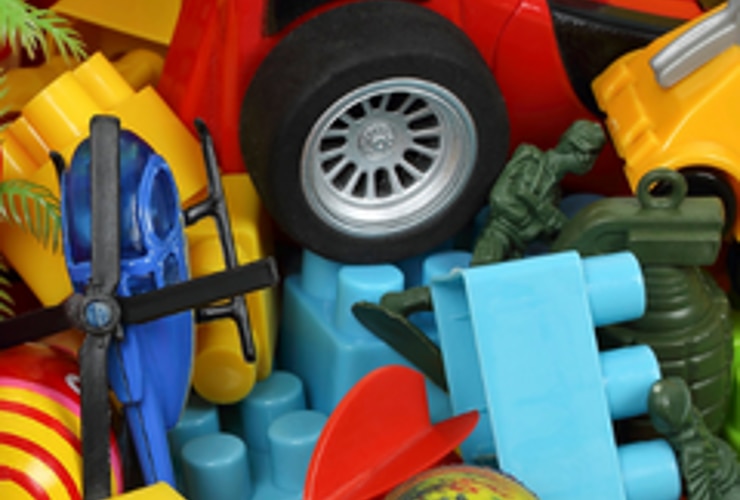
Article
Product Recall Monitor Asia - July 2022
In this edition, you will find a focus on toy recalls, including a technical profile,...

News
Adapting to Change. Together
Working with global partners to manage transitions and maintain resilience

Research
Social Engineering Considerations for Investment Managers
Tips and strategies to help Investment Managers protect themselves from social engineering attacks.
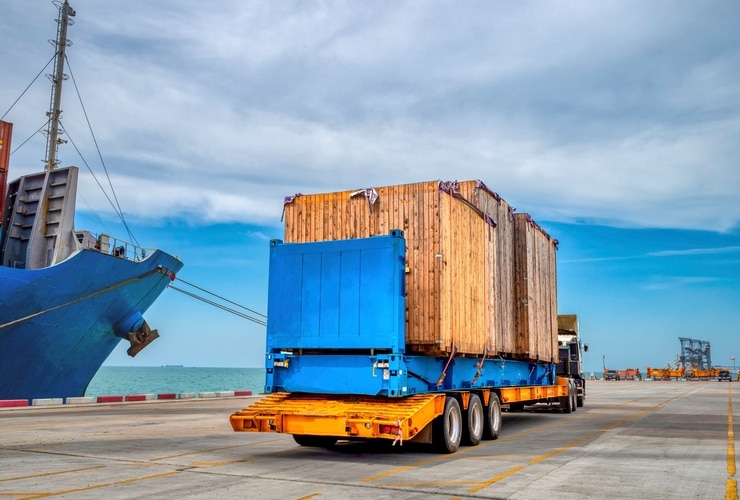
Guide
Project Cargo Shipping Risk Engineering Guide
Shipping on container vessels is becoming the transport method of choice for many oversized and...

Video
Professional & Financial Risks: our growing team
Marcus Thomas leads the Liberty Specialty Markets Professional & Financial Risks portfolio across Asia Pacific....

News
Employees at Liberty Specialty Markets set new GUINNESS WORLD RECORDS™ title in support of WaterAid
Beating the current record with an outstanding 709 Liberty employees passing a virtual water bottle...
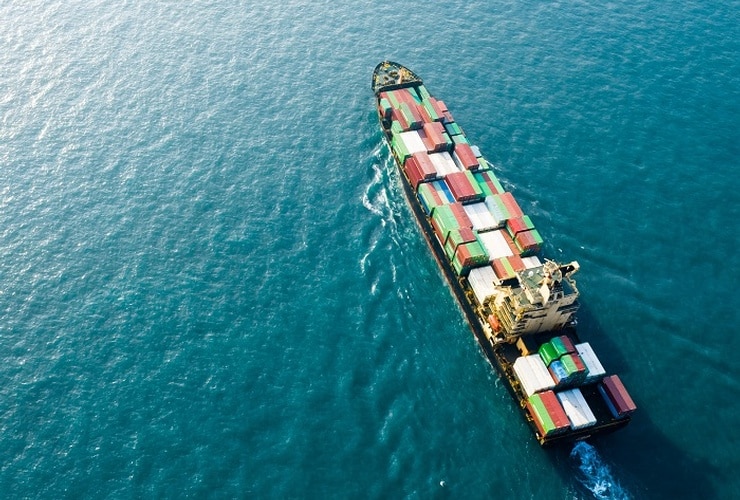
Guide
Safe shipment of goods in Cargo Transport Units
In this marine risk engineering guide, we highlight how shippers and cargo owners can do...

Article
Product Recall Monitor Asia - May 2021
In this edition we look at recent recalls across multiple industries and explore the reasons for...

Article
Product Recall Monitor Asia - October 2020
In this edition we look at recalls from the food and beverage industry and explore...
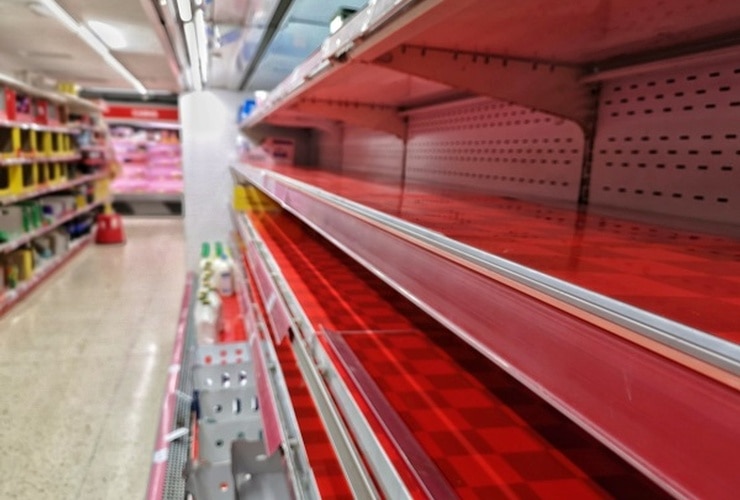
Article
Product Recall Monitor Asia - June 2020
This edition covers recent recall incidents across Asia, a technical topic on weevil infestation and our...

Guide
Property: Our position on aluminium composite panels and insulated sandwich panels
Seven questions to help better understand the associated risks of cladding

Article
Insurance implications for food spoilage vs food pathogens
How Crisis Management protection for food deterioration differs from food poisoning

Article
Can your business survive an environmental contamination incident?
Standard insurance policies often limit or even exclude coverage for pollution incidents

Article
The changing landscape of Product Recall Insurance
Donna Niblock discusses insurance trends for food and beverage manufacturers in the Aug/Sep issue of Insurance Business...

News
Celebrating 20 Years in Asia Pacific
Mike Abdallah shares Liberty's 20 year journey with Insurance News

News
Our new name
On 21 June 2019 we changed our name to Liberty Specialty Markets across Asia Pacific

Guide
Disaster Preparedness: Disaster recovery and business continuity plan
Designed to help business owners prepare for and cope with the unthinkable

Guide
Disaster Preparedness: Bushfire
During the hot, dry months, bushfires start abruptly. Advanced preparation is a must for any...
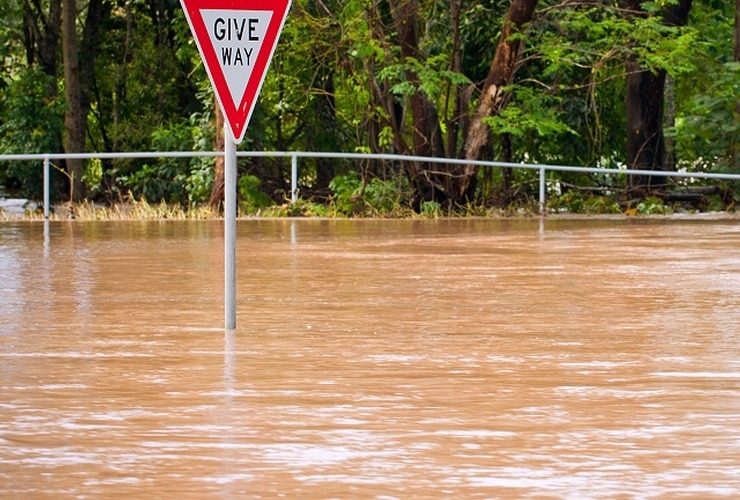
Guide
Disaster Preparedness: Flood
One of the most common natural disasters. If a business is to minimise risk and...
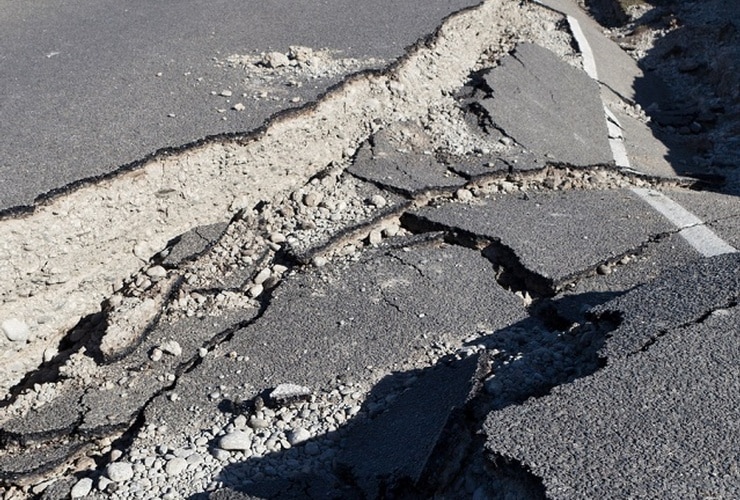
Guide
Disaster Preparedness: Earthquake
Seismic (shock) waves travel very fast. In an earthquake prone area, what type of advanced...
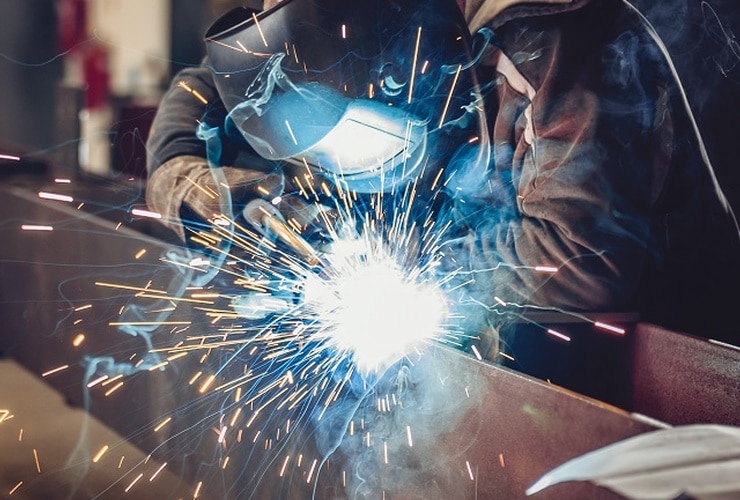
Guide
Minimising property hot work fires
A guide to minimising the risk of hot work fires to give management the knowledge...
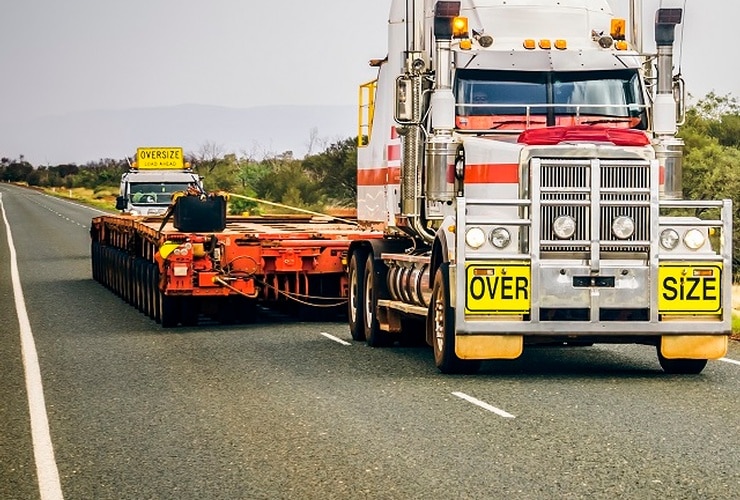
Guide
Road transportation - loading and securing cargo
A poorly secured load can incur potentially significant financial and human costs through load loss...
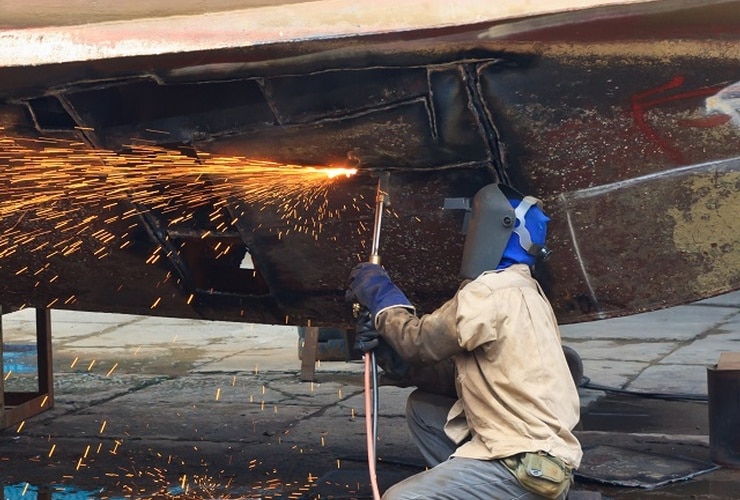
Guide
Marine hot work Permit to Work (PTW) systems
Implementing a hot work Permit to Work system can be daunting. Welding, grinding and gas...
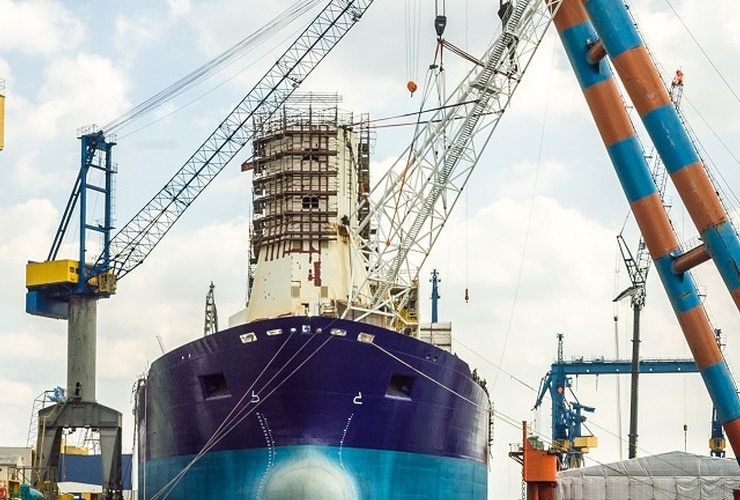
Guide
Marine risk assessment and method statements
Operational safety is of paramount importance for any Marine operation. This guide makes sense of...
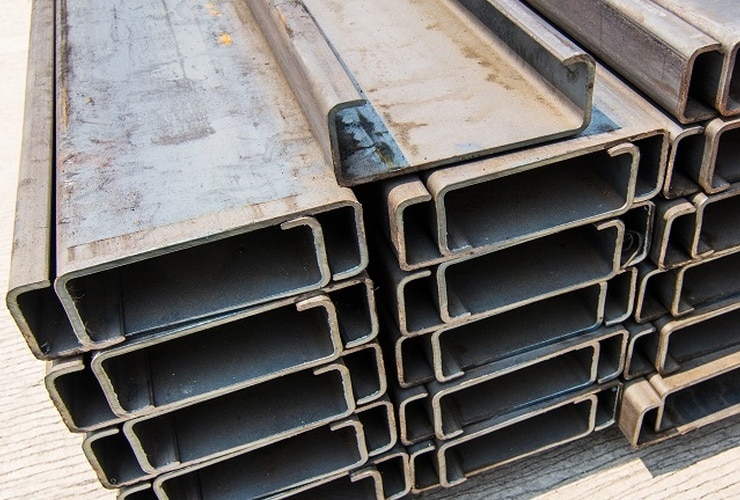
Guide
Minimising loss in prefabricated steel shipments
Strict adherence to suitable handling, stowage and securing practices may help to reduce the risk...
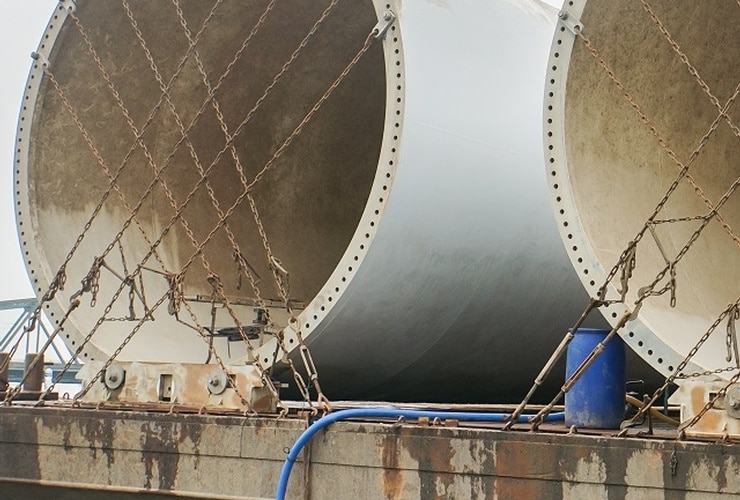
Guide
Shipment of oversized columns and vessels on ocean carriers
A handy reference for Marine project risk management teams, providing practical guidance on overcoming particular...

Guide
Disaster Preparedness: Tropical cyclone and typhoon
What would a tropical cyclone and typhoon action plan look like? - Helping business owners...

Guide
Disaster Preparedness: Hail
Hail damage can affect any exposed property, especially vehicles, aircraft, roofs and roof-mounted equipment, and...

Guide
Roof systems
Roof systems differ in their vulnerability to the rigours of the weather - a neglected...
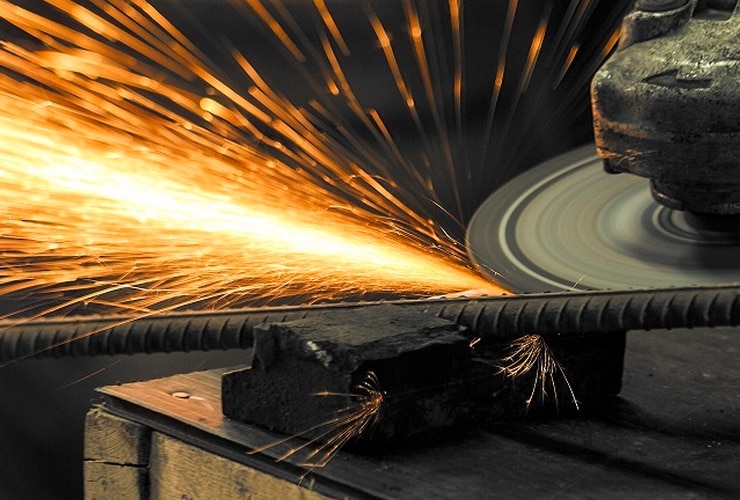
Guide
Metalworking Operations
Every process involved in metal working operations presents potential hazards. The most serious and best...
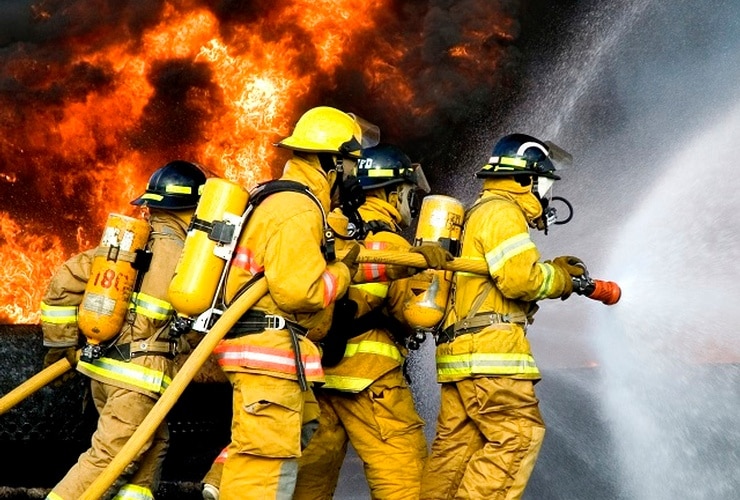
Guide
Fire protection impairment
Prepare for the risk of impairment to minimise the downtime of fire protection systems during...
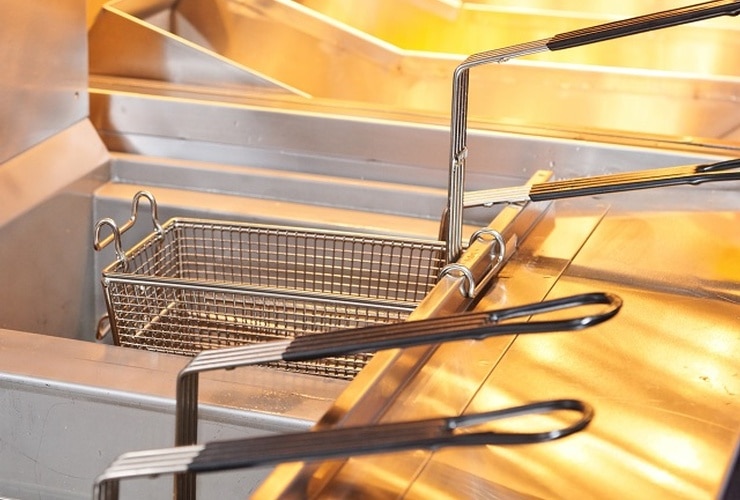
Guide
Industrial oil cookers
Large containers filled with combustible liquid then heated. Fire hazard? Most definitely. How can these...

Video
The benefit of insuring with a mutual
As a mutual we take a long-term view and are wholly devoted to our policyholders...



